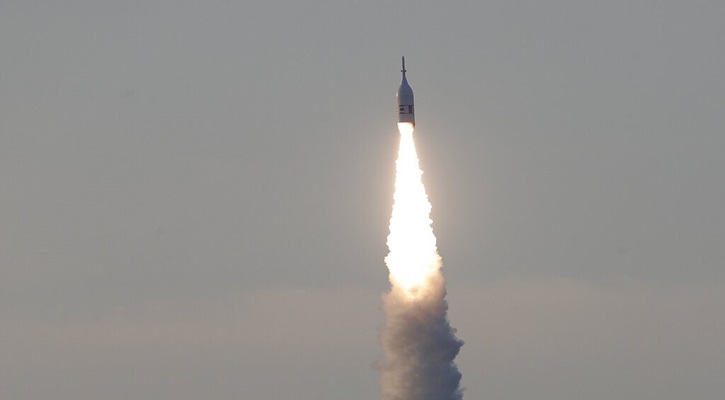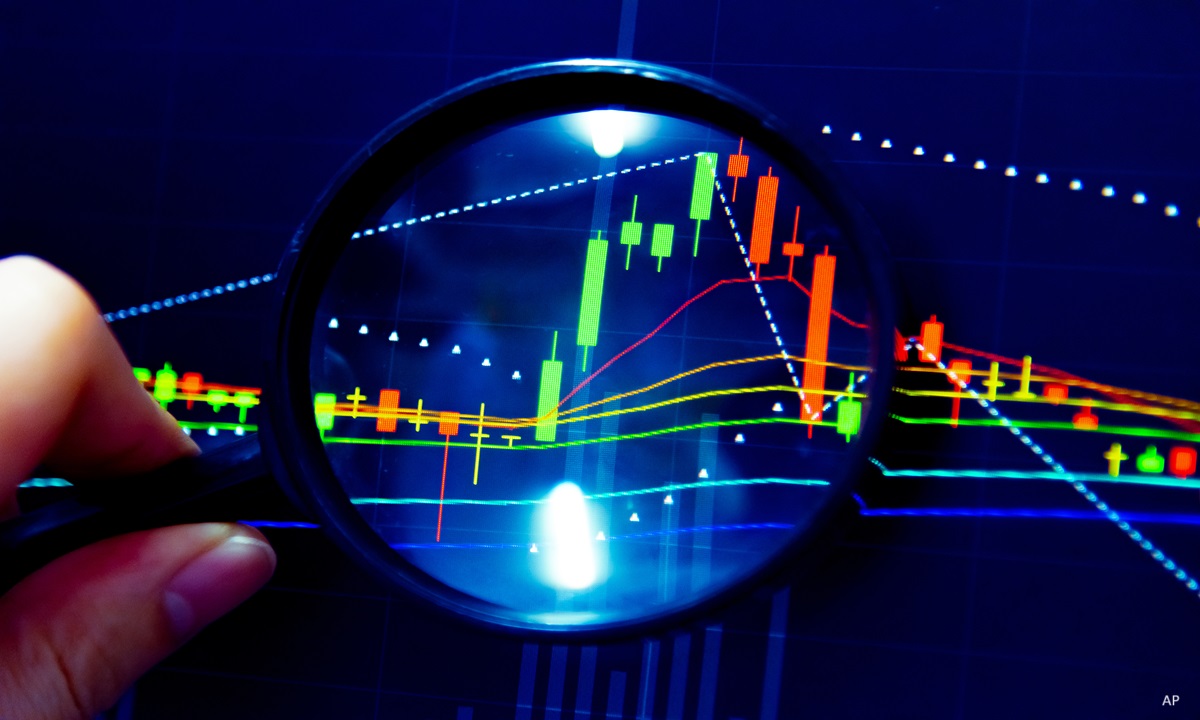Rolle im Portfolio
The UBS CMCI Composite SF UCITS ETF provides investors with commodity exposure across the energy, agriculture, industrial, precious metal, and livestock sectors.
Given its broad-basket exposure, this ETF offers the advantage of diversification within the commodity asset class. That said, investors should take note that due to its weighting methodology, the energy and agriculture sectors combined account for 60% to 65% of the total exposure gained through the reference index.
Broad basket exposure to commodities has traditionally been considered an excellent source of portfolio diversification, exhibiting low correlations with bonds and stocks. In line with modern portfolio theory, adding this exposure to a stock and bond portfolio has historically produced lower volatility and increased risk-adjusted returns. That said, recent years have seen a notable increase in correlations with the major equity and bond markets, which peaked in the face of the market turmoil in 2008. Though their portfolio diversification benefits are increasingly questionable, depending on their exposure to the energy sector, commodity broad baskets may be utilised as a portfolio hedge against rises in unexpected inflation within Europe.
With the underlying index reflecting the return on commodity futures contracts, it is important to understand the risks associated with the futures market, and not least the phenomenon of contango. Contango occurs when a commodity's futures price is higher than its current spot price. In this scenario, even if the spot price of a commodity is rising, investors could lose money. That said, since not all commodity markets experience contango at once, investing in this broad-based fund could be a good way to mitigate the contango effect.
Due to the volatile nature of commodities as an asset class, it is recommended that this ETF be deployed as part of an already diversified portfolio.
Fundamentale Analyse
In recent years, the diversification and inflation hedging benefits historically attributed to commodities have been called into question. Beginning in 2005, commodities’ correlations with traditional assets began to rise before peaking in the market turmoil of 2008. It remains to be seen whether correlations will drop back towards their long term averages, or whether we have entered a ‘new economic normal’ under which old relationships no longer hold. Conventional investment wisdom also dictates that commodities provide a protection against unexpected inflation. While this benefit has been substantiated academically in the United States, a recent study has shown that energy commodities provide the most effective hedge against unexpected inflation in Europe.
Energy commodities comprise around a third of the reference index. Brent Crude Oil (~10%), the largest single index holding, is considered to be the primary indicator of supply and demand in the global crude oil market and tends to be driven by global economic activity, OPEC actions, and geopolitical events. Demand for Brent is likely to remain strong, as it is a finite resource, has no immediate substitutes and is fundamental to the functioning of the global economy.
Long term demand for agricultural commodities, which comprise around 28% of the reference index, is driven by fundamental factors such as population growth and the production of bio-fuels. The World Bank estimates the global population will increase by approximately 2 billion from current levels to 8.9 billion by 2050, which ceteris paribus (all else held equal) would drive an increase in global demand for agricultural commodities. In addition to food and livestock feed, corn (~6%) and soybeans (~6%) are used in the production of biofuels.
Copper (~9%) is used in the production of a wide selection of goods, from electrical wire to photovoltaic cells. The uses for the metal are so diverse that prices are widely used as an indicator of overall economic health. In the years between 2004 and 2010 the price of copper rose more 4.5x, driven by surging demand from developing countries, particularly China, whose share of total global demand soared from around 22% to almost 40% over the same period. With such a large portion of demand stemming from a single country, it is likely that copper prices in the short-to-medium term will be dependent upon China’s economic performance.
Indexkonstruktion
The UBS-Bloomberg CMCI Composite index is comprised of futures contracts traded on 27 commodities across five sectors, which have been selected for their economic significance and liquidity. The index offers a unique take on traditional broad commodity futures exposure. Typically, traditional commodity futures indices track front-month futures contracts, which make these indices especially susceptible to losses in the face of changes in the slope of its component commodities’ futures curves. Depending on the slope of the futures curve, the return of a long futures investment will be impacted by the roll yield generated when contracts are sold and repurchased. Instead of holding front-month contracts only and rolling every month, the CMCI Composite is diversified across a range of liquid maturities for each commodity and rolls daily to achieve a constant maturity. The index can hold up to five maturities for a given commodity; 3m, 6m, 1y, 2y, and 3y. The index is reconstituted semi-annually. The index’s weightings are based on production information and liquidity, which are weighted using a 2:1 ratio respectively. The index maintains sector exposure to energy (~37%), agriculture (~29%), industrial metals (~25%), precious metals (~6%), and livestock (~4%). At the time of writing, brent crude oil and copper are the largest single components of the index, each maintaining around 9%, with light crude oil and soybeans next largest, each contributing 8% and 6% respectively.
Fondskonstruktion
The ETF uses synthetic replication to provide exposure to the underlying benchmark, combining unfunded and funded swap structures in a ratio that can change over time. As of May 2014, the fund held a portfolio of assets accounting for 79% of the fund’s net asset value and a fully-funded swap for the remaining 21%. UBS provides full transparency on the portfolio assets and the collateral backing the funded swap. At the time of writing, the portfolio assets consist of European and Japanese blue chip equities from a diverse set of industries. Collateral consists entirely of bonds, ~70% of which are government bonds and the other ~30% supranational bonds such as those issued by the European Central Bank and the European Bank for Reconstruction and Development. The exposure to counterparty UBS AG is monitored daily by the collateral manager, Lantern, the portfolio manager and the fund’s custodian, State Street Bank. UBS aims to maintain all swap counterparty exposures collateralised at 105% at the end of each business day. Collateral is held via transfer of title in a segregated account with the fund’s custodian State Street Bank. Under the terms of the swaps, counterparty UBS AG agrees to provide the fund with exposure to the total return of the underlying index, net of any associated taxes, costs, or fees. The return from the swap agreements assumes that all dividends paid by the underlying stocks are reinvested in the index. The fund does not pay out any dividend distributions. The fund is Irish-domiciled and has the U.S. dollar as its base currency. The fund does not engage in securities lending.
Gebühren
For its synthetic ETFs, UBS produces what it calls the “drag level” for each fund, rather than showing the total expense ratio (TER) as it is calculated by other providers. The “drag level” is a full tally of any fees or expenses charged to the fund over a 12-month period, including management fees and swap costs. It differs from a typical TER in that the latter does not usually include swap fees. Drag levels for each fund are reviewed by UBS on an annual basis, and may be changed once a year, but once set they will remain the same for the entire 12-month period. Additional costs potentially borne by the unitholder but not included in the drag level include bid-ask spreads on the ETF and brokerage fees when buy and sell orders are placed for ETF shares. For this ETF, UBS lists a "drag level" of 1.30%.
Alternativen
Investors have an abundance of choices when it comes to broad-basket commodity futures ETPs. The key differentiating factor amongst them will be index construction as depending on the index’s sector exposure and rolling methodology, the products will perform differently.
The ComStage Commerzbank Commodity ex-Agriculture EW Index TR UCITS ETF employs an equally-weighted approach and charges a TER of 0.30%. Due to its specific weighting methodology this fund provides a more diversified exposure to the commodity asset class than the UBS CMCI Composite SF UCITS ETF. Additionally, the fund excludes agricultural commodities.
db X-trackers DBLCI OY Balanced ETF has addressed the dynamic nature of the commodity futures curves by employing their own proprietary rolling methodology, which seeks to generate maximum implied roll yield. This fund charges a TER of 0.55%.
UBS also offers this ETF in multiple currency denominations – USD, EUR-hedged, and CHF-hedged – for those wishing to assume or eliminate currency risk from their investment.









:quality(80)/cloudfront-us-east-1.images.arcpublishing.com/morningstar/VPCBITMQP5FKLIZ32POIXOV3MQ.jpg)







